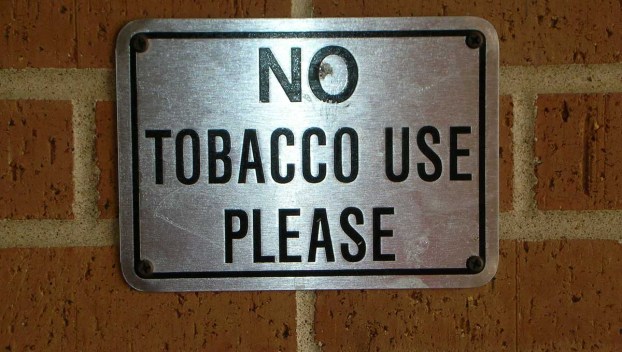
Uncategorized
Smokeless tobacco campaign targets rural young men
A new awareness campaign is targeting teens in rural America in an effort to reduce the use of ... Read more

A new awareness campaign is targeting teens in rural America in an effort to reduce the use of ... Read more